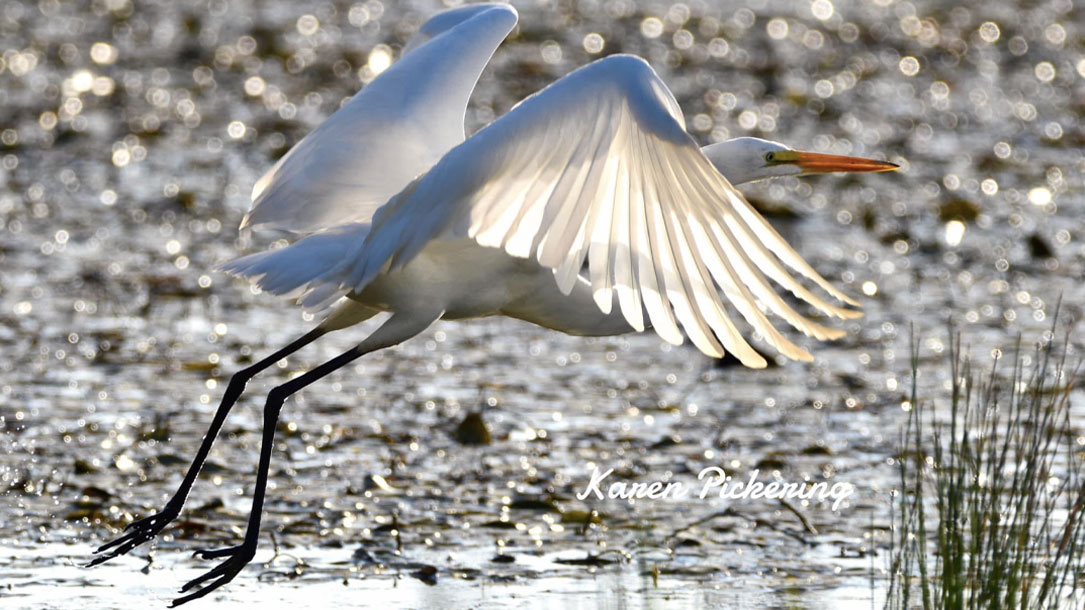
Reflections from Judy, January 2023
I hope this email finds you safe and well. With extreme weather happening regularly throughout the country, it’s increasingly important for us to check in on one another.
I’m hearing and reading about a general sense of fatigue, in part because of climate change. I thought you might appreciate this article, “The Great Exhaustion: Long-Lasting Pandemic Effects.” While the author isn’t thinking about climate change, we will need to factor in what it’s like to live in today’s world and how to remain positive.
So, what can you do?
Find time to be outside, in nature, at parks, and on trails. Local food is another great way to connect with area farmers and ranchers — and make a difference in slowing down climate change.
Reach out to family and friends. Reserve time to be sad and regroup; denial isn’t helpful nor healthy. Look for bright spots of change and solutions.
And talk about climate change in ways that connect to shared values; suggest small personal actions and include community, regional, statewide, and national solutions. Be willing to shift your own paradigms as new solutions come into view.
I’ve dedicated my career to land conservation — that’s why I’m finding it important to link well-designed renewables, including Farmer First solar, to the health and well-being of our communities, farms, lands, and waters.
The Inflation Reduction Act (IRA bill) can help increase land and water conservation, as well as nature-based and renewable energy solutions.
For nonprofits, including land trusts, the IRA bill will effectively allow these organizations, such as affordable housing developers, community-based organizations, and state, local, and tribal governments, to receive the benefits of the Investment Tax Credit as an upfront payment rather than a tax credit.
And, of course, the IRA bill has considerable funding for nature-based climate solutions.
Thank you for being part of this change. It’s a team effort. Together we can help share new insights, solutions, and progress in slowing down climate change.
Best,

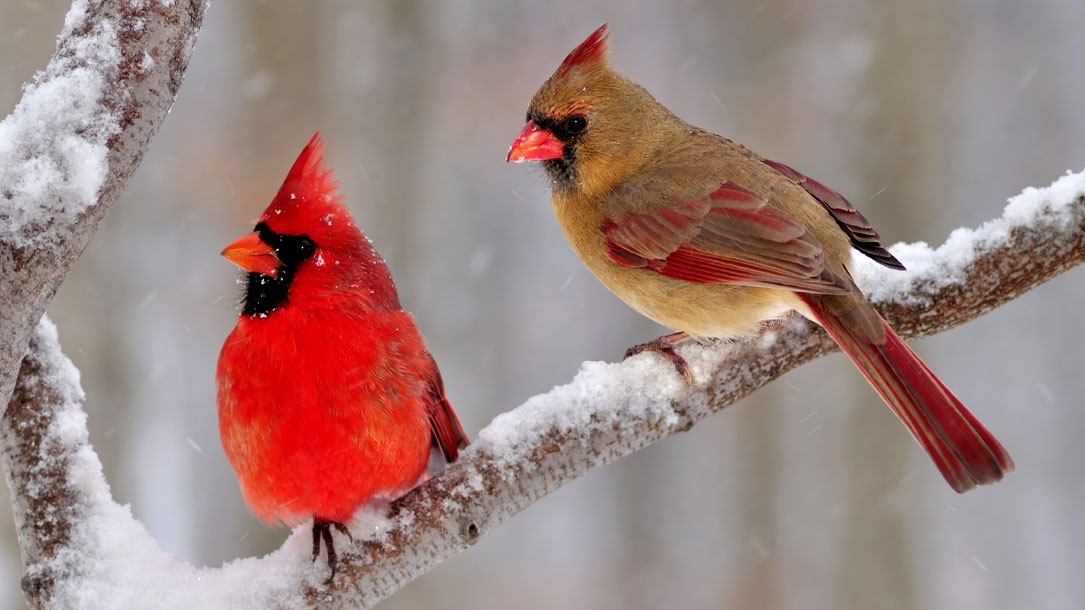
Reflections for land trusts, December 2022
As winter nears (or, in places like upstate New York where over six feet of snow fell in less than two days), we are hunkering down.
I’ve got our bird feeders up.
There seem to be more birds this year than in the past, which might be a good thing given that we’ve lost more than 1/3 of our bird population in North America to climate change, pesticides, and habitat loss.
I think I’m going to ask for birdseed for Christmas as I’m spending mornings before work, lunchtimes, and now a mid-afternoon break watching the birds. It’s cheaper than climate therapy and might be more impactful.
Indeed, birds are not only a gateway to conservation. They are also a healthy antidote to anxiety, depression, social isolation, general grumpiness, and malaise.
As the days grow shorter, finding joy in birds and the future of the lands and waters is important.
Slowing down climate change can’t be in isolation. Part of our work in land conservation is to bring joy, comfort, and solace to those who need it most. Together, we are working towards a new year with healthier lands, cleaner waters, happier people, and welcoming communities.
Best,


Reflections from Judy, November 2022
There’s some good news.
We are seeing more discussion of the drivers behind coastal flooding in the south, erratic weather all over the country, and the stress of trying to farm when droughts, floods, and unsettled weather means a “100-year” event can (and likely will) happen multiple times in a decade or generation.
There’s a realization that what we are witnessing is likely just the beginning of what we can expect if we don’t slow climate change down.
That’s actually a refreshing perspective.
We now face a window of time to encourage communities, friends, and neighbors to support natural climate solutions (soil, grasslands, woodlands, forests, wetlands, and streams) and transition away from fossil fuels as soon as possible.
Sometimes we forget the urgency involved, and there’s a desire to move slowly to figure it out as we go along. Or, as often vocalized by land conservationists, a desire to wait to install ground-mounted solar until all rooftops have solar, for example.
That perspective isn’t practical because of the timeline involved in what is called our “climate budget.”
We know we will need nature-based solutions and renewables to slow down climate change in a timely manner. We also know that ground-mounted renewables can work as partners with farmers if designed appropriately.
So, what’s a climate budget?
It’s related to how fast the Carbon Clock is ticking: how much CO2 can be released into the atmosphere to limit global warming to a maximum of 1.5°C and 2°C, respectively.
Check out this interactive website.
With just one click, you can compare the estimates for both temperature targets and see how much time is left in each scenario.
The work we are doing collectively to slow down climate change in a manner that enhances the lives of those who need us most is more timely than ever.
Together, we are giving voice to the need to change our perspectives on how we take action — and how fast we need to do that — to save what we can for future generations.
Thank you for being part of this change.
Best,


Reflections for land trusts, November 2022
As we head into the election it will be telling to see where we end up as a country, and as a state, in relation to slowing down climate change and finding common ground. I’m keeping my fingers crossed that the NYS Bond Act will pass with flying colors.
Regardless, there’s an opportunity for land trusts to stand out and continue their effort to make a difference. Innovation has long been seen as “the American way,” and the work of land trusts is no exception.
No longer is land conservation a narrowly focused transaction-based approach.
Today’s land trusts are now defined by innovation, holistic thinking, evolving science, strategic risk-taking, ramping up the pace, and becoming more inclusive.
The Inflation Reduction Act provides additional opportunities for nonprofits, including land trusts, to innovate around climate solutions. You will find incentives that address nature-based and agricultural solutions as well as room to expand on compatible renewable energy.
As part of this effort, I’m looking for examples of land trusts working to establish elevated solar projects to demonstrate how this approach is an important tool for agricultural viability and can enhance soil health and support vulnerable pollinators.
If you know of land trusts thinking about this, let me know. I’d like to talk to them to learn more.
Best,


Reflections from Judy, October 2022
There’s been so much in the news about climate change over the last month that it’s been a challenge to decide what to share with you in this issue.
Nature-based climate solutions continue to be of strong interest to land conservationists, communities, and farmers. There’s a growing opportunity to tap into these evolving practices as well as changes in management.
Farmers, healthy soils, and regenerative agriculture are now widely seen as part of the climate solution, with funding provided by the Inflation Reduction Act (scroll down if you click on that link).
As part of this effort, given the pace needed for change and the increasing stress on American agriculture, states and municipalities across the country are exploring ways to integrate solar as a tool for soil health, farm viability, and water management. Land trusts and communities are increasing their efforts to lead in this direction as well.
You are part of this change, too.
By helping those you know understand how natural climate solutions and compatible renewable energy is connected, we can collectively step up the pace to conserve the land that matters to many while ensuring its viability for generations to come.
Best,

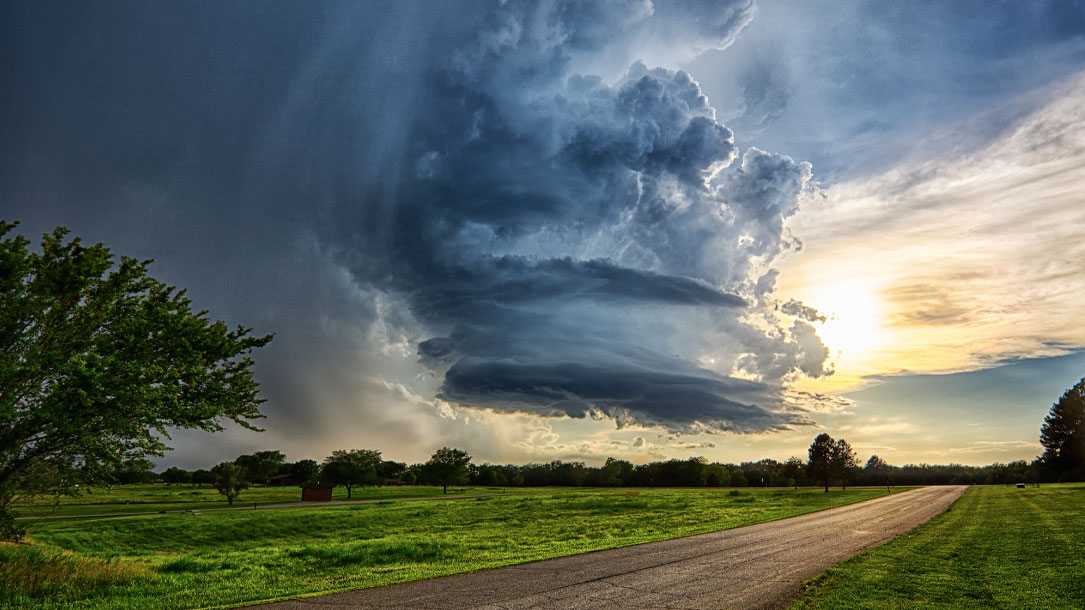
Reflections for land trusts, October 2022
As I send this eNews to you, I’ve been thinking a lot about all those impacted by extreme weather.
With climate change exacerbating droughts, floods, and storms, many find themselves at risk in ways they never have before.
And it’s not only humans at risk. We are in the midst of a global species extinction, farm animals are dying at an alarming rate, and family pets are more vulnerable to diseases and pathogens.
It’s pretty intense.
That’s why I’m so thankful for land trusts taking action.
When I set out to create this eNews years ago, I did so because I wanted to help elevate both the need and the actions of the conservation community in addressing climate change. Now, one hundred issues later, there is clearly a shift underway.
Land trusts are now thinking more holistically and outside the box, taking strategic risks, and prioritizing climate action by taking the time to learn.
We, as a diverse community of those who care, represent a wide swath of people across the country at a time when coming together is more important than ever. Thank you.
Best,


Reflections from Judy, September 2022
I hope this email finds you well. I’ve been thinking a lot about climate change of late and want you to know how much I appreciate you.
I’ve been fortunate to spend a week away, at one of my favorite places.
I’m looking out the window, watching the tide go out from Swan’s Island, Maine. There’s an eagle that periodically flys by. The lobster boats putter past. And the soft, rhythmic flashing of the lighthouse across the cove blinks in the fog.
It’s hard to know, sitting here, that Maine is experiencing some of the fastest warming from climate change in the world. Yet there are signs for those who look around.
That’s true throughout the country. We can see the growing impact of climate change if we slow down and look around us, no matter where we live or where we go.
Sometimes land conservationists ask me why they should advocate for energy conservation efforts or find ways to link compatible renewables to their conservation work when they are so busy working to conserve the lands we all cherish.
It’s a valid question.
It’s a question that rests on a dwindling window of time to stop the climate pollution that is driving the extreme weather, and the related impacts that go along with it.
Natural climate solutions are of critical importance, yet over time, as the stresses increase on natural systems, their impacts will diminish — and plants and animals (as well as humans) will face increasingly challenging situations.
That’s why it’s encouraging to see the land conservation community begin to help their communities recognize that compatible renewable energy and energy conservation is central to their commitment to long-term conservation work.
With the passage of the Inflation Reduction Act, there is an opportunity for land and water conservationists, and those who care, to team up with renewable energy groups to make it support farm viability rather than blanket the landscape in solar and taking that land out of production.
The timing couldn’t be better as the window for meaningful action could impact those we care about for generations to come.
Best,


Reflections for land trusts, September 2022
I want to share a bit of good news with you.
With the newly passed Inflation Reduction Act, there are significant opportunities to increase the pace of nature-based climate solutions (woodland/forest/wetland conservation, soil health, etc.) and increase renewable energy.
That’s the good news.
Now comes the vision. “Blanket solar” (my term for traditional ground-mounted solar that covers the land in a blanket) is likely to become the de facto norm unless communities, and conservation organizations, demand more creative and responsive solar projects.
Traditional ground-mounted solar is convenient and can often be installed in a way that works with pollinators. And we need more pollinator habitats, for sure.
But we also need to treat our farmland — and our farmers — with respect and face the reality that climate change is making farming harder, not easier.
That’s why I continue to advocate for elevated solar (solar that’s at least six feet off the ground), or solar that can be managed to tilt upward to allow large animals to graze underneath. We need to ensure that solar installations can be part of soil health, water management, farmland viability, and new farmer economic development.
That’s where there is increasingly more good news: land trusts are recognizing that there’s a new way to make a difference. They are working on natural climate solutions, promoting energy conservation incentives (so we need less energy overall), and sharing the vision of what solar could be… all as part of their mission to conserve land for generations.
Just as community conservation is no longer seen as mission creep, no longer is an integrated approach to climate change action viewed as a waste of time and focus. In fact, given the critical nature of climate change impacts on soil, habitats, farms, water, and communities, it’s likely the most important thing conservation groups can do.
Hats off to the land trusts helping to lead the way.
Best,

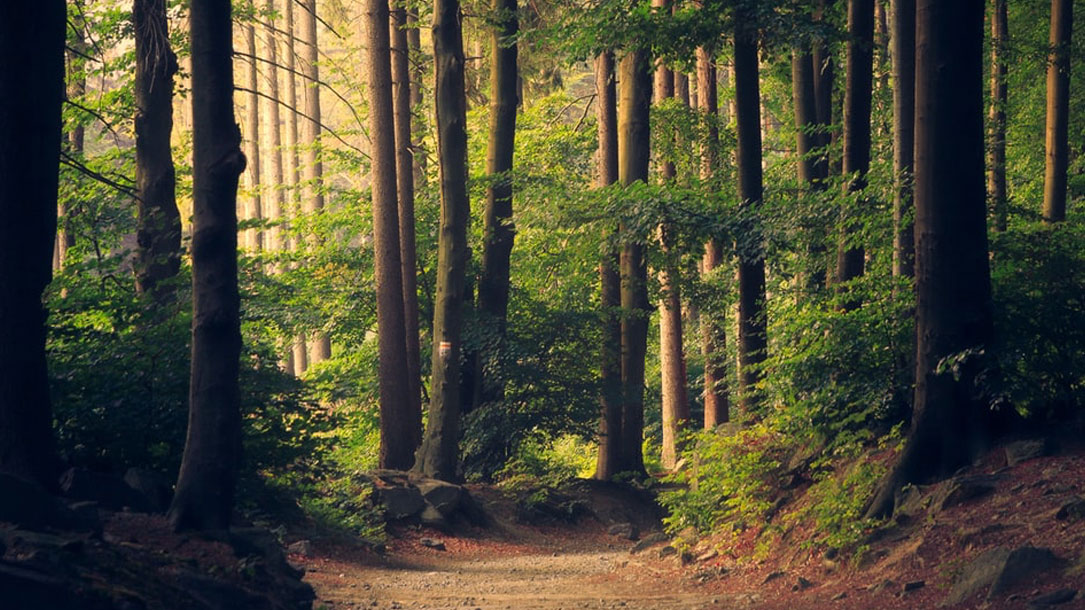
Reflections from Judy, August 2022
Have you been following what the new Inflation Reduction Act means for your region, your climate change work, and local and regional conservation efforts?
As land trusts increasingly think about how they can amplify the importance of slowing down climate change, including supporting energy conservation and compatible renewables, this new legislation is worth a look.
That’s true for its impact on nature-based climate solutions, too.
I think you’ll find this article from the Bipartisan Policy Center helpful in summarizing the funding sources and strategies within the bill.
Our next challenge will be to figure out how the funding is distributed, including how conservation groups and communities can tap into these funds in a timely manner. You may want to contact your legislative leaders to let them know how important these funds are to the change you are working towards — and while you’re talking to them, inquire as to how that can happen ASAP.
This is potentially a game-changer. Now we need to make sure we are part of the “game.”
Best,

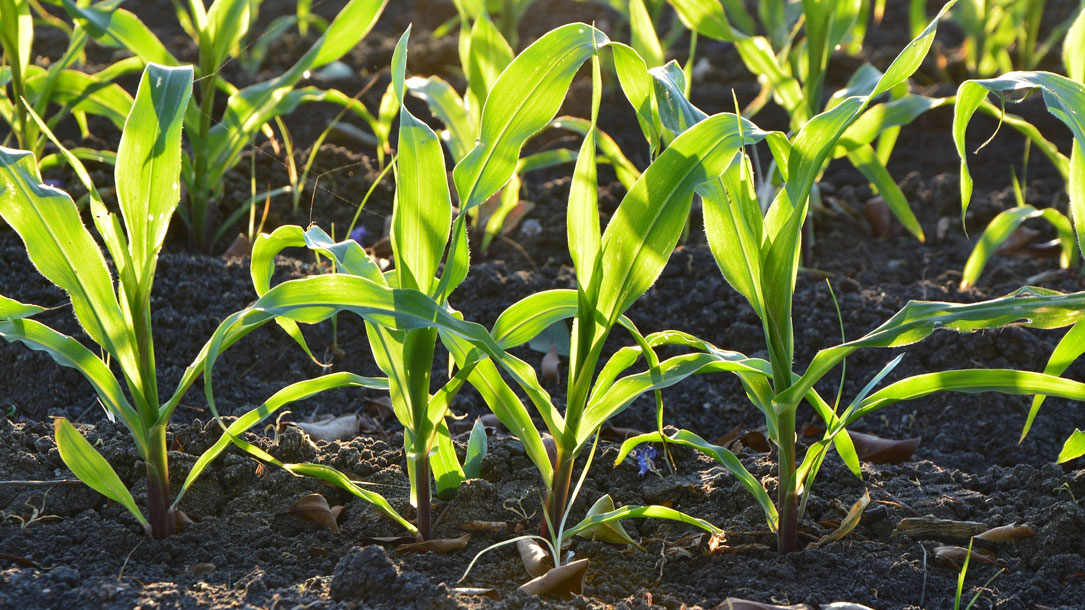
Reflections for land trusts, August 2022
I don’t know about where you are, but it’s too dang hot here today. We are expecting temperatures of almost 100 degrees.
More and more, summer is a difficult time for people, wildlife, and farms. With the erratic jet stream — increasingly caused by melting ice — we are experiencing heat domes, droughts, and extreme weather.
There was a recent article talking about how summer is becoming more hazardous because of extreme heat and related weather challenges.
For those who can relocate or “summer” in cooler and more stable weather, it’s an inconvenience. For others, it can be much more devastating.
The impact, of course, goes beyond humans. Wildlife and farm animals are more vulnerable than ever to extreme flooding, fires, and drought. There is no question that we have entered a different pattern of climate. Our choice, therefore, is to act so as to decisively slow it down.
That means that land trusts and conservation groups will need to advocate for climate solutions beyond nature-based approaches, just like they do for conservation funding and policies. No longer can climate change be seen as “not my job”; too much is at stake.
And the solutions are all around us, we just need to prioritize them.
The good news is that land trusts are increasingly aware of this challenge and are picking up the pace to talk about and implement solutions that will benefit communities and the lands and waters important to their identity and survival.
Others are beginning to promote the need for elevated solar and agrivoltaics (solar that’s been designed to work with farms, soil health, water management, and farm viability) as part of the solution to protecting crops, pastures, livestock, and soils from extreme heat and erratic weather.
Indeed, the concept of “flash droughts” is becoming well-established. Farmland without water is an increasing risk no matter where you are in the country. Corn, soybeans, vegetables, and orchards are all feeling the stress; agrivoltaics (often elevated solar) could make a difference.
This is why I think you will appreciate the leadership of land trusts like Conserving Carolina (featured below), and Coastal Rivers, who are making it clear that an integrated approach matters.
I appreciate your willingness to think outside the box, recognize that past paradigms need to shift, and see that we have a tremendous opportunity to slow down climate change.
Best,













